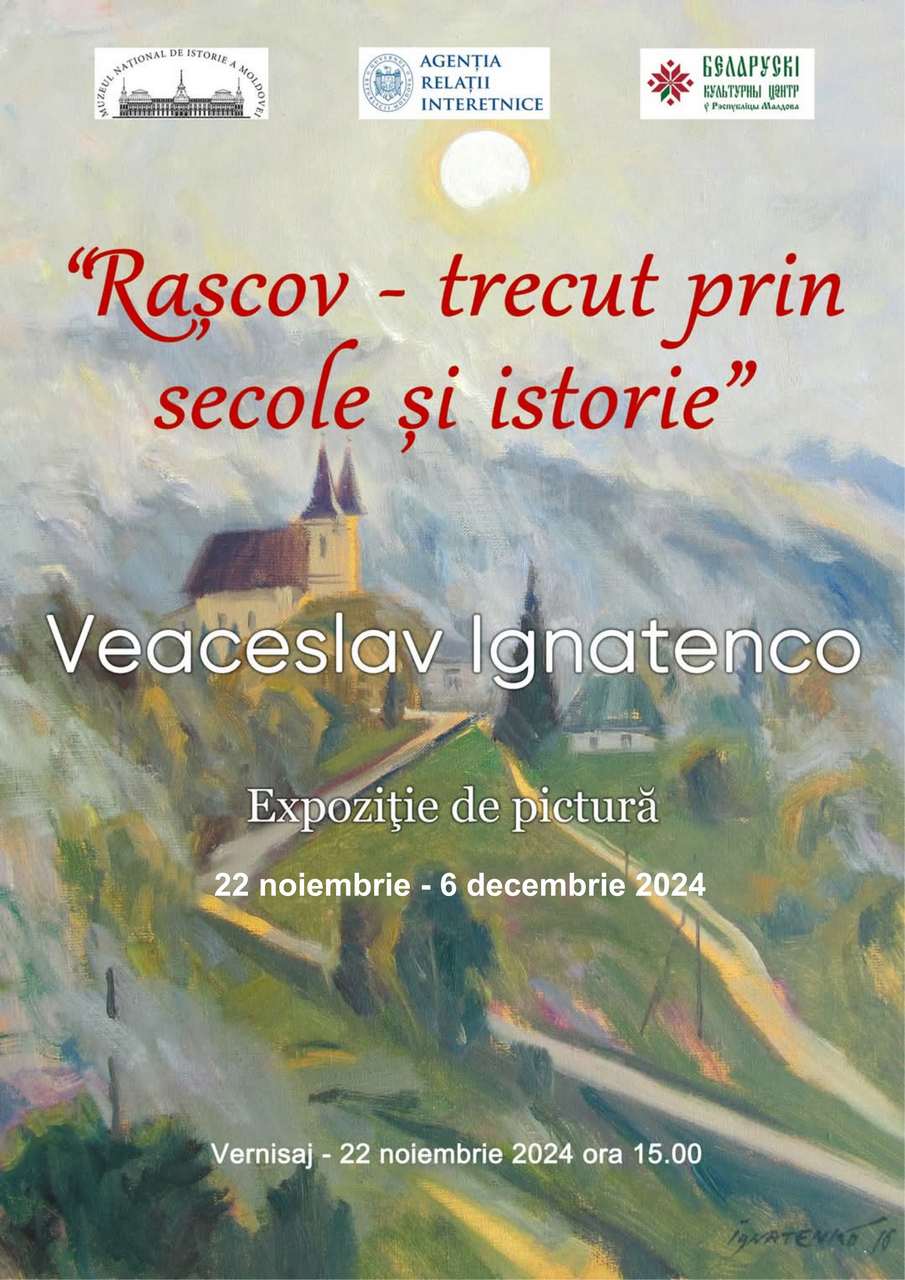
The National Museum of History of Moldova, in partnership with the Belarusian Cultural Center in Moldova and the Agency for Interethnic Relations, invites you to the opening of the exhibition "Rașcov - Through Centuries and History" on November 22 at 3:00 PM, in the upper-level hall of the museum.
This exhibition offers an artistic and historical perspective on a village located on the banks of the Nistru River, boasting a cultural heritage spanning over 900 years.
The first documented mention of Rașcov dates back to the 14th century, a period when the lands on the left bank of the Nistru were part of the Grand Duchy of Lithuania. In 1402, the fortress "Kalaur" was listed among the cities and castles of the Grand Duchy of Lithuania, near which the settlement of Rașcov developed. By the 17th century, Rașcov had become an important commercial hub.
Over the centuries, Rașcov witnessed the harmonious coexistence of various ethnic and religious communities, each contributing to the town's economic and cultural development. At different times, Moldovans, Russians, Ukrainians, Jews, Poles, and Armenians called Rașcov home.
The exhibition features the works of artist Veaceslav Ignatenco, a member of the Union of Plastic Artists of Moldova and the Union of Designers of the USSR. Ignatenco, a recipient of the Francis Skaryna Medal (2015) and the honorary title Master of Arts (2019), draws inspiration from Rașcov's landscapes and history. His creations vividly depict the interplay between nature, architecture, and the region's cultural diversity. Each piece reflects the deep connection between humanity and its environment, as well as the indelible mark of history on this unique place.
The works, created by the artist over the years, highlight various significant historical landmarks, such as St. Cajetan Church (1749), one of the oldest Catholic churches in Moldova, The Orthodox Church of the Protection of the Mother of God (1740), The Holy Trinity Church (1779), and the impressive Red Rock, a symbol of the region.
The exhibition "Rașcov - Through Centuries and History" will be open to visitors from November 22 to December 6, 2024, at the National Museum of History of Moldova, Chișinău, 31 August 1989 Street, No. 121A.

















































